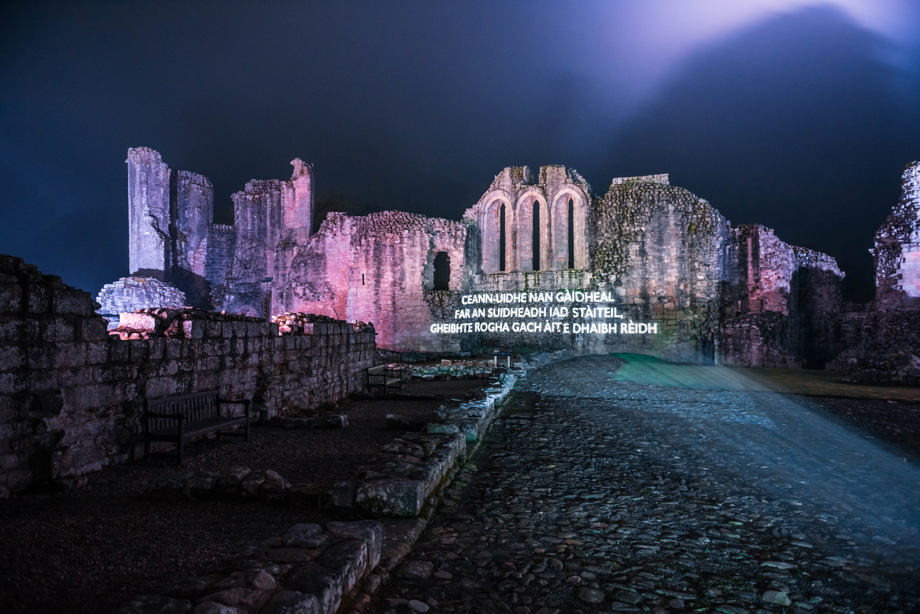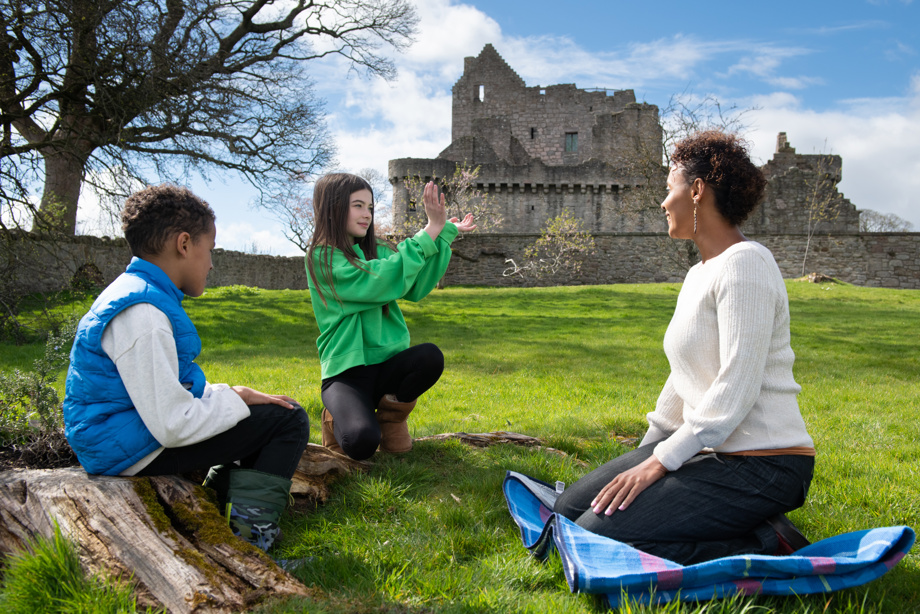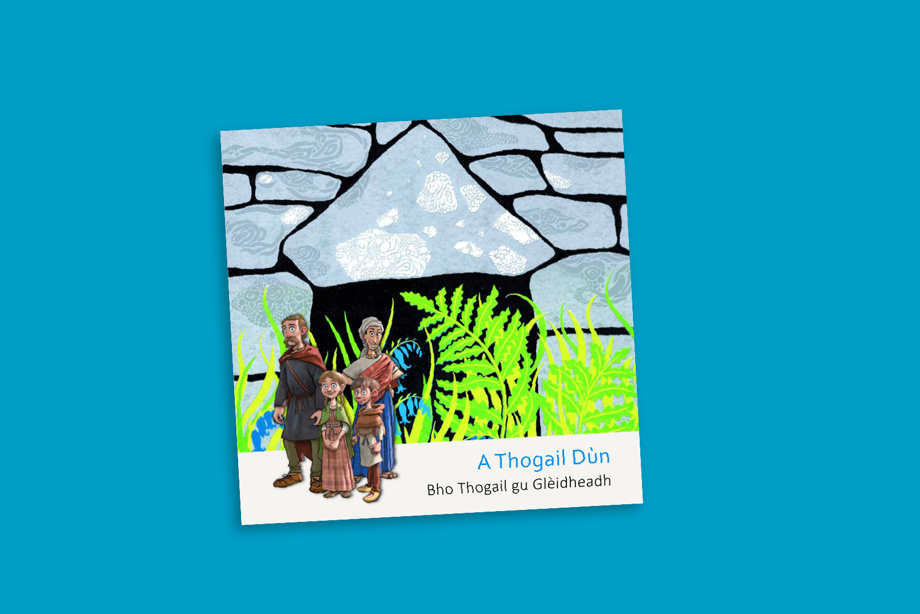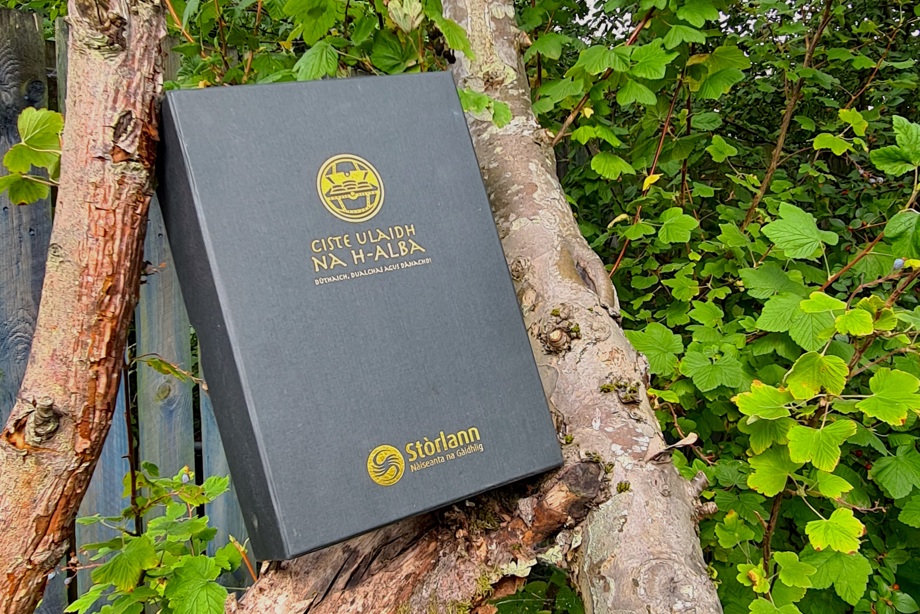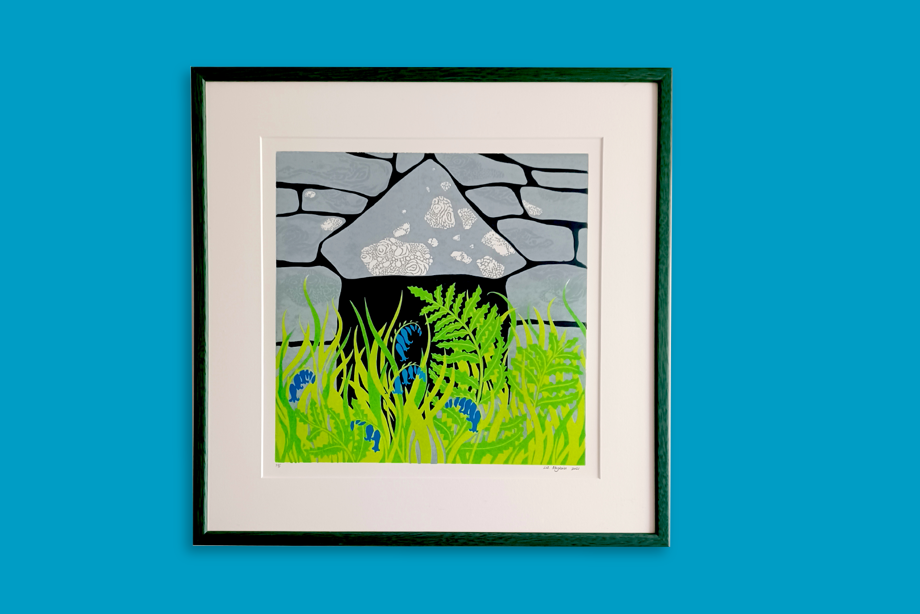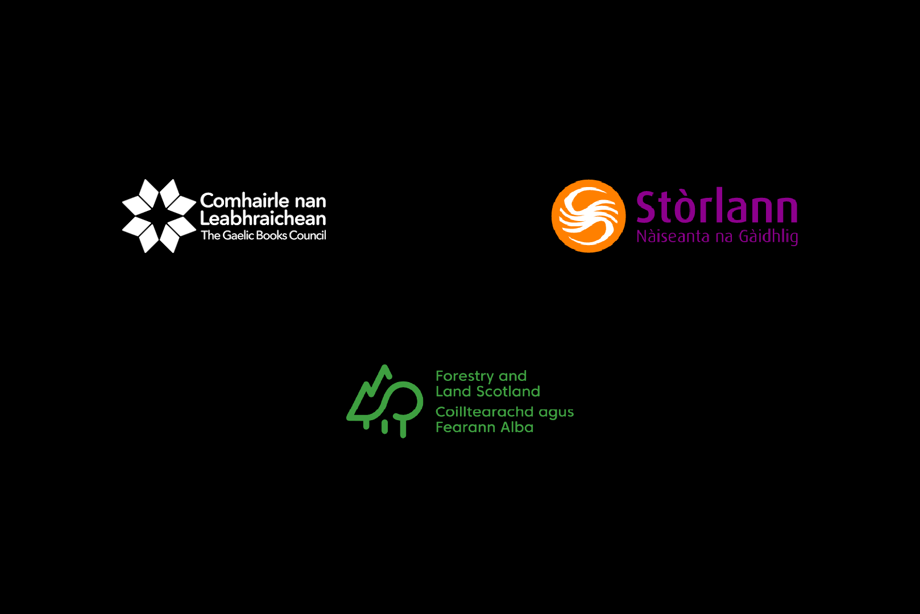Join us as we celebrate Scotland’s Year of Stories 2022 - VisitScotland’s themed year - which looks to highlight stories created in or inspired by Scotland.
Calling all young storytellers aged 5-17!
Did you know that Gaelic stories have been told around fires, on horseback, in castles, at ceilidhs, and in homes around the world for hundreds of years? These stories include everything from traditional legends to local fairy tales, exciting folklore to historical tales of people and places from the past.
Now you have the chance to tell your story and be in with a chance of winning some fantastic prizes.
This competition closed at 5pm on Friday, 18 November 2022.
Get involved
Whether you want to write or tell your tale, let your imagination run wild and create a story in Scottish Gaelic about your favourite place in Scotland.
Your favourite place may be a historical site, landscape, or a special place full of happy memories. We invited young people to submit a story about a mystery that may have happened there, an epic adventure or their take on a fairy tale about that place.
Selected stories will also form part of a permanent online exhibition to launched in the early New Year.
Write and recite was brought to you by Historic Environment Scotland in partnership with The Gaelic Books Council, Stòrlann Nàiseanta na Gàidhlig and Forestry and Land Scotland.
Please read our full Terms and Conditions and Privacy Notice before you enter the prize draw.
Who can take part?
We invited young people to submit one story (spoken or written) in Scottish Gaelic to enter this competition. Submitted stories were to be about their favourite place in Scotland. The place featured in their story could be set in the past, present, or future.
The stories must have been written by children and young people (aged between 5 and 17 years old) living in Scotland, England and Wales to be eligible.
We invited entrants to submit a drawing or photograph of their favourite place in Scotland, which may be shown alongside their story if it is selected for online display.
Consent from a parent or guardian was required for each submission by entrants. For videos selected for the online exhibition, we will be in touch with parents/guardians of entrants via email to request the completion of a consent form.
If you have any questions about this competition, please contact us at gaidhlig@hes.scot.
Creating your story
There are many ways to tell a story, so we invited young people to submit theirs in one of three ways:
Written entries
Your written story must be no longer than 1000 words in Scottish Gaelic. The story can be submitted as a Word Document or PDF.
We encourage you to submit a drawing or photograph of your favourite place. This may be displayed alongside your story if it is selected for the online exhibition. Please ensure that any photographs submitted should not include any people.
Explore ways you can write stories.
Spoken entries (narration)
You are welcome to record your story in Gaelic as a video in which only your voice is heard. The video should still have an image to show, rather than a black screen. You may wish to edit a series of images to go along with your story or lie your video camera on a surface and focus it on one image (such as a drawing or photograph of your favourite place) for the entirety of your narrated story. Any photographs used should not include any people.
The narrated video must be no longer than 5 minutes in length and it can be up to 1GB in (file) size. The storyteller should be clearly heard in their video.
Hear from a traditional storyteller and how you too can tell an epic story.
Spoken entries (story to camera)
You can submit a video of yourself telling your story in Gaelic to the camera, where you will be visible throughout. You may wish to dress up as the characters, act out parts of the story or simply tell the story directly to the camera.
The video should be no longer than 5 minutes in length and it should be up to 1GB in size. The storyteller should be clearly seen and heard. Other individuals should not be visible in your video.
Get hints and tips on telling a story from a professional storyteller.
The prizes
Winners will receive the following:
- Historic Scotland prize bundle
- Family tickets for a Historic Scotland site of their choice
- Gift card endorsed by Comhairle nan Leabhraichean
- Value of £20 for each winner in ages 5-9 category
- Value of £40 for each winner in ages 10-12 category
- Value of £60 for each winner in ages 13-17 category
- A ‘Ciste Ulaidh na h-Alba’ board game for the school of each winner endorsed by Stòrlann
- One copy for the winner and two copies for the winner’s school of the book ‘A Thogail Dùn’ endorsed by Coilltearachd agus Fearann Alba
First prize winners - in each of the three age categories; ages 5-9, ages 10-12, ages 13-17 - will also win a framed linocut print of the cover artwork of the book, ‘A Thogail Dùn’ by artist Liz Myhill.
Runners up will receive a certificate of participation.
Artwork images: © Liz Myhill
How we will consider submissions
Submissions were entered into one of three categories based on the submitted format:
- Best written story
- Best spoken story (narration)
- Best spoken story (story to camera)
Submissions were automatically entered into set age categories:
- 5 to 9 years old
- 10 to 12 years old
- 13 to 17 years old
Stories won’t be judged on your spelling or grammar, but on your ability to tell a good story that transports the reader to your favourite place in Scotland.
Drawings and images submitted alongside stories will not be considered as part of the judging criteria.
Stories - that will form part of a permanent online exhibition – will be selected based on their fulfilment of the competition brief.
Our partners
The Gaelic Books Council is the lead organisation with responsibility for supporting Scottish Gaelic writers and publishers, and for raising the profile and reach of Scottish Gaelic books in Scotland and internationally.
Forestry and Land Scotland is the Scottish Government agency that manages Scotland’s national forests and land. With destinations across Scotland for visitors to explore, there’s no shortage of woods, forests and places of interest,there’s a special place for everyone.
Under Stòrlann Nàiseanta na Gàidhlig's publication programme, resources are distributed free of charge to nurseries, primary schools, secondary schools and lifelong learning groups every year. Priorities are set by teaching staff and learners and supported by local authorities, and appropriate lifelong learning organisations.

